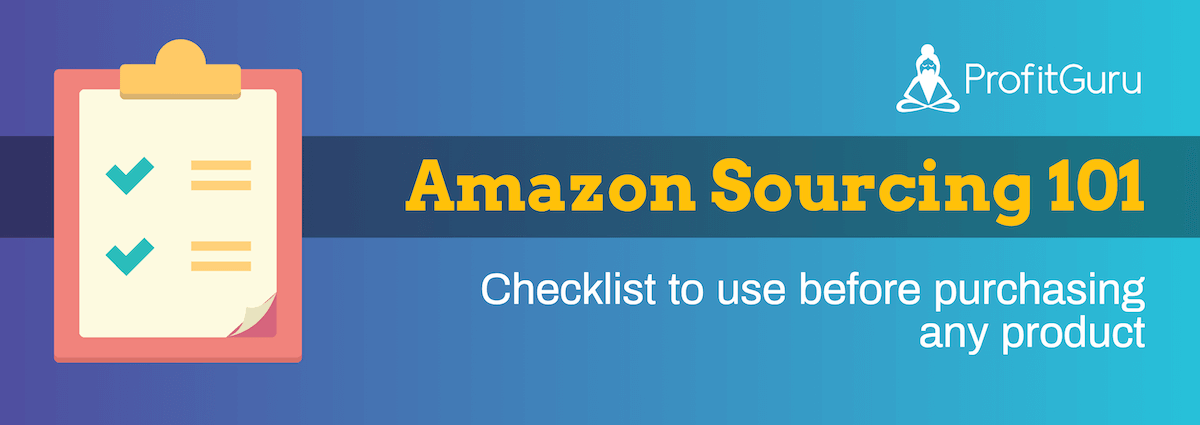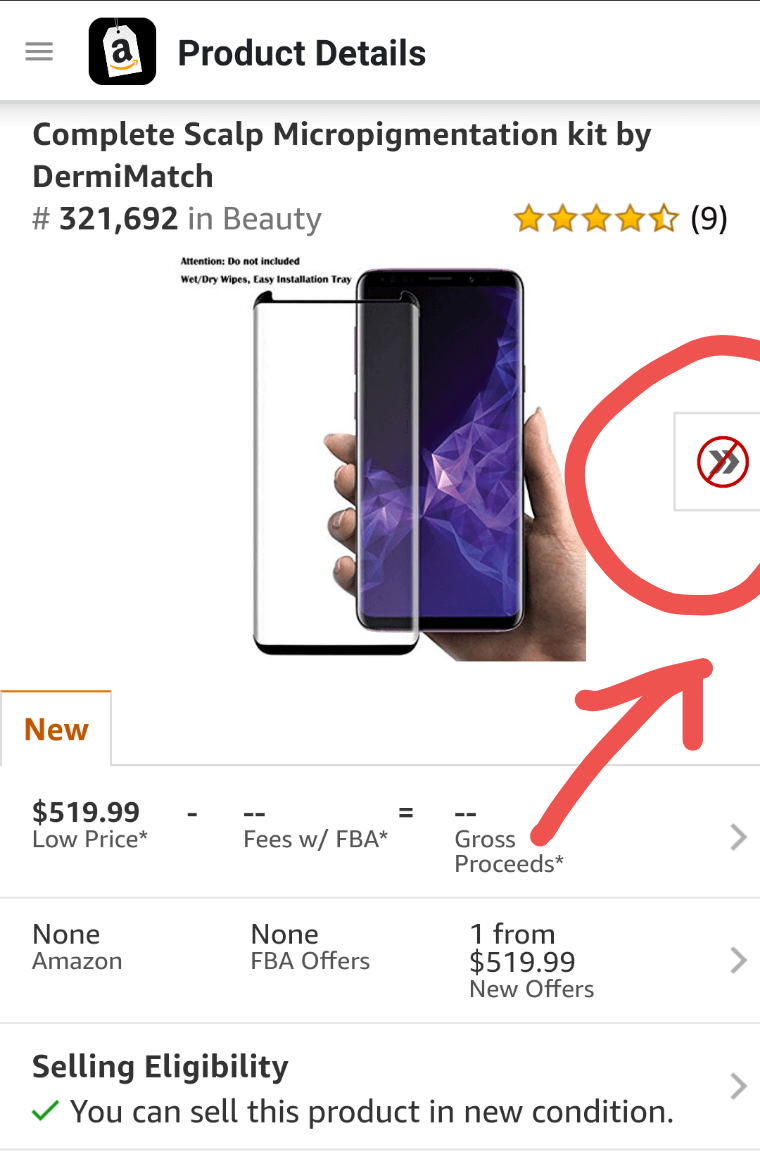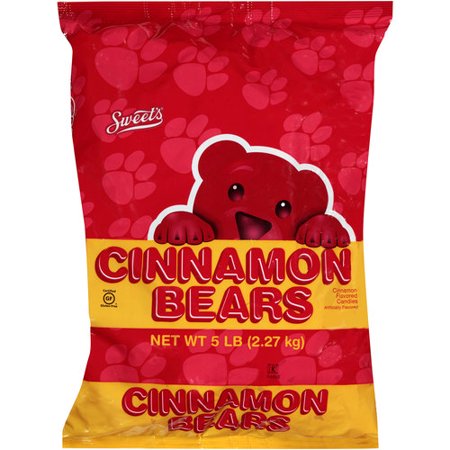$2500 An Hour: How I find low-risk, high-profit inventory using one checklist

Allee Evensen
October 10, 2019

Right now you’re reading the headline and thinking this is a bunch of marketing crap.
Really? $2500 in one hour?
Now, just to be clear I don’t make $2500 EVERY hour I work. However, I really did find the perfect wholesale product that netted me $2500 in sales with an hour of work.
But before we get to that, I’m going to lead with the process of how I vetted the product in the first place.
Let’s kick off this post with a question from one of our subscribers.
Is selling on Amazon really easy as people make it seem?
I'm a highly successful sales professional who wants to create passive income. For months I've been reading books and blog posts on Amazon selling. I even spent $199 on a course that didn’t teach me much. Everybody seems to claim this business is easy money. They say all I have to do is buy products from a manufacturer and "rebrand" them.
I just don’t believe it’s that easy to find products. What’s the catch?
Anyone who tells you selling on Amazon is “easy” cares more about selling a course than helping you build a business.
- Yes, the concept is simple (buy low sell high).
- Yes, the technical side is easy (Amazon’s software is pretty self-explanatory).
- Yes, there are hundreds of thousands of people who do this for a living.
However, what self-“gurus” never tell you is finding the right products to sell on Amazon isn't easy. One mistake can leave you in Amazon’s dog house.
I’m being literal; one serious misstep and Amazon can (and will) suspend you from the platform for life.
Don’t fear; The good news is I’m going to show you how to avoid these pitfalls and make sure you buy only profitable, risk-free products.
Get into the habit of following these guidelines and you will absolutely crush the Amazon game.
Let’s jump in.
#1. Choose your source
There are 6 main sourcing methods for selling on Amazon:
Wholesale
Buying branded goods from distributors/manufacturers in large quantities for resale.
Example: Purchasing major brands such as Barbies, Kitchenaid, Nike.
Private Label
Goods that are packaged under the name of the retailer rather than the manufacturer.
Example: Costco buying Skechers shoes, but reselling them with the Kirkland logo and packaging.
Retail Arbitrage
Purchasing a product from a retail store for Amazon resale.
Example: Buying a product from Walmart and reselling it on Amazon.
Online Arbitrage
Purchasing a product from an online store for Amazon resale.
Example: Buying a product from Kohls.com and reselling it on Amazon.
Liquidation
Buying and reselling from another company’s excess and/or damaged items.
Example: Buying a pallet of customer-returned items from Best Buy
Handmade
Manufacturing a product in-house
Example: Producing leather wallets to sell on Amazon
There are many sourcing strategies that combine two or more of these methods. For example, some sellers buy bulk groceries directly from their local grocery stores to avoid shipping costs (retail arbitrage + wholesale). Some sellers create bundles with imported products and well-known, branded products (private label + wholesale). Some people buy handmade products from artists to resell (handmade + private label).
When considering what method (or combination of methods) will work best for you, there are a few things to consider.
- Capital -- some methods require more upfront money than others because you have to buy product in bulk. (i.e. wholesale)
- Time -- when calculating ROI, don’t forget to consider how much time a product will take you to prep (i.e. wholesale products usually take 15 seconds, while a handmade product will potentially take hours).
- Risk -- if you’re just running a side hustle your risk tolerance will be different than someone who has quit their job to pursue Amazon full time. Consider how much is at play before you commit to finding products.
- Physical space -- where will you keep your items until they can be shipped to Amazon?
#2. Double Check Restrictions
Before you try to figure out whether a product is profitable, you must make sure that it can be listed according to the Amazon FBA rules. There’s nothing worse (or more expensive) than going deep on a product only to realize you Amazon won’t let you sell it.
According to the official rules you can’t sell:
- Flammable items
- Chemicals
- Alcohol-related accessories
- Drug paraphernalia
- Animal Products
- Legal tender
The official list is much more extensive, but hopefully, you get the idea. If an item seems risky, just leave it alone.
Always check items in the seller app before you make a purchase. Restricted items will have a restricted symbol on the right side of the listing.

#3 Don’t Fudge on Condition
The next thing to look for is a condition, especially when you’re dealing with liquidation or online arbitrage.
No matter what selling method you choose, Amazon’s condition guidelines are exactly the same. This is something you don’t mess with -- one customer complaint can lead to an Amazon suspension.
If a product doesn't meet the minimum quality standards don’t even bother seeing how much money it would make you -- it’s not worth the risk. Even if you can get away with selling used items as “new” for a while, it will eventually catch up to you. In addition, it’s nearly impossible to work at scale using this kind of methodology.
Amazon lays out its guidelines for different conditions very clearly. Keep in mind, not all categories allow you to sell in all conditions. For example, you obviously can’t sell any used groceries or baby products.
New:
Just like it sounds. A brand-new item. Original manufacturer's warranty, if any, still applies, with warranty details included in the listing comments. Original packaging is present for most New items but certain items like shoes may be re-boxed.
Used - Like New or Open Box:
An item in perfect working condition. Original protective wrapping may be missing, but the original packaging is intact and in good condition with minor damage possible. Instructions are included.
Used - Very Good:
A well-cared-for item that has seen limited use and remains in good working condition. The item may show some limited signs of wear with small scratches or cosmetic blemishes. Item may arrive with damaged packaging or be repackaged and could be missing some accessories. Missing accessories are clearly defined for each item.
Used - Good:
The item shows wear from consistent use, but it remains in good condition and functions properly. Item may arrive with damaged packaging or be repackaged. It may be marked, have identifying markings on it, or have minor cosmetic damage. It may also be missing some parts or accessories such as screws (in the case of furniture) or an instruction manual.
Used - Acceptable:
The item is fairly worn but continues to function properly. The item may arrive with damaged packaging or be repackaged. Signs of wear can include aesthetic issues such as scratches, dents, and worn corners. The item may have identifying markings on it or show other signs of previous use. Item may be missing some parts or accessories such as screws (in the case of furniture) or a mouse or USB cable (in the case of a laptop).
Find more information about product condition guidelines on Amazon seller central website: Condition Guidelines
Remember: Just because you can sell something used doesn’t mean you should. I always recommend new sellers start with brand new items. Even if you notate that a product is damaged or has missing pieces, Amazon doesn’t do a good job of making sure those notes are visible to the customer. They can issue a complaint, even if you described the product perfectly.
A note about expiration: If you sell perishable products using Amazon FBA (including food, supplements, household items, or health/beauty items) they have to have at least 105 days of shelf life from the day they are received at the warehouse. Any product with daily servings needs additional shelf life added. For example, a multi-vitamin that has 90 servings must be out the regular amount of days, plus the number of servings (105 + 90).
Amazon will automatically remove a product within 50 days of its shelf life, so if you send in a product with 105 days of shelf life (the minimum), you will only have 55 days to sell that item.
#4. Make sure your product is 100% authentic
This is the #1 reason sellers get in trouble with Amazon.
If you can’t trace the supply chain of your product to the manufacturer, it’s generally not worth risking your Amazon account.
Even if you’re 100% sure a product is real, you still need a paper trail in case Amazon asks you to provide proof of purchase.
You can generally provide Amazon with invoices or itemized receipts (each with each item named).
If you try to send shipping slips, purchase orders, credit card receipts, or online confirmations Amazon will reject them immediately.
Oh, and forged receipts and invoices won’t work. They may, however, earn you a permanent suspension.
Find more information about product authenticity and quality requirements on Amazon seller central website: Amazon Product Authenticity and Quality
My $2500 product
One day I was at the grocery store buying some cinnamon chocolate bears for my children (they are a holiday tradition around these parts.) This particular brand of treats is popular all over Utah, where it is manufactured.
When I got home, I popped the ASIN into my research software and found this brand had a national following, particularly from people who couldn’t find them at their local grocer. I ran through the mental sourcing checklist.
| My product sourcing checklist: | |
|---|---|
| The product was authentic since it was straight from the manufacturer. | |
| I was ungated in grocery products | |
| I could get an invoice/proof of purchase since I was buying straight from the factory | |
| The product required no special prep | |
I called the company and asked for a price list, which they happily provided. The item turned out to be extremely profitable.
That same day I put in an order, drove 30 minutes to pick them up (with Amazon labels in hand) and dropped them off at the UPS store on the way home. The whole process took about an hour and resulted in $2500 in sales.

Not every product will be like this one, but they're still are thousands of products out there. Always keep your eyes peeled, because sometimes they are right in front of you.
What sourcing methods do you use? Drop a note below and let me know what’s working for you this month.
On this page
The Free Email Course to KickStart Your Amazon Journey
Getting from an idea to your first few sales in 7 days

